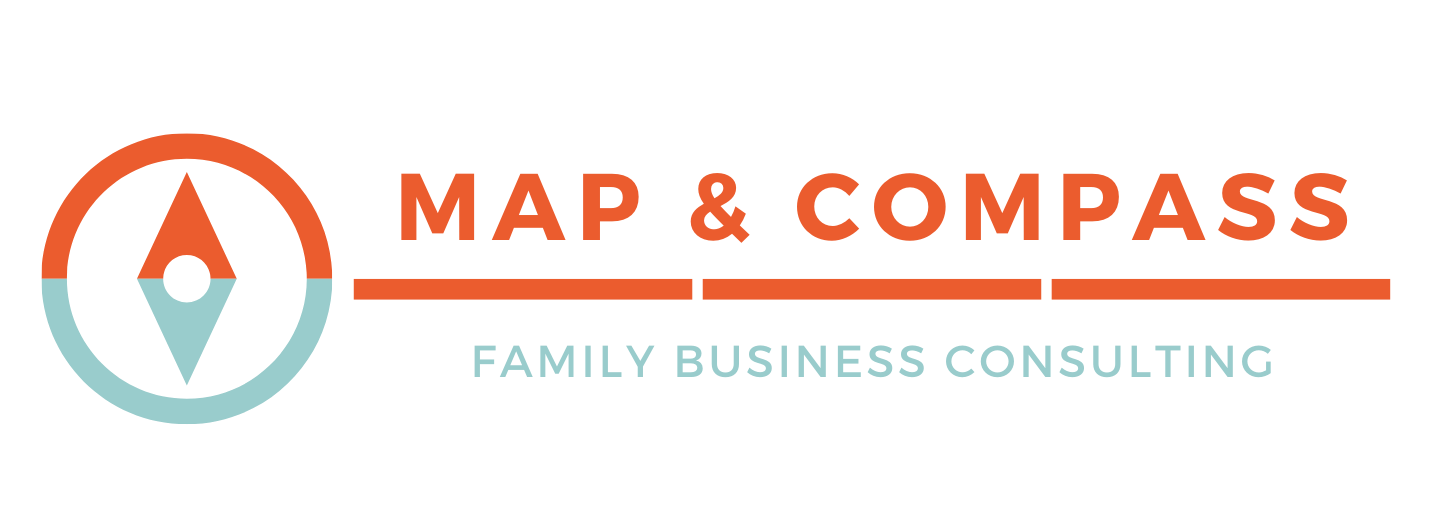5 common solutions you may have tried for your leadership challenges but haven’t worked
5 Reasons These Solutions Don’t Work
1.) They don’t guide you on how to have direct and straightforward conversations with others about your concerns, causing missed opportunities for giving and receiving essential feedback.
2.) They don’t provide you with customized guidance to identify specific behaviors for you to practice that will help you overcome your challenges.
3.) They don’t help you learn how you can use your authority in more clear and effective ways.
4.) They don’t assist you to gain alignment with the key stakeholders that surround you.
5.) They don’t help you be aware of your own experience while being in relationship with others, at the same time.
Every day, leaders like you face challenges that they can use to either grow and change or remain the same. It’s vital that a leader has the support and guidance they need so they can choose the path of growth.
What Does Work?
- System Thinking: Leaders need guidance to see the great web of relationships that surround them. Since a leader does not exist in isolation, change doesn’t happen in isolation. True and lasting change can only happen on a systems level.
- Mindfulness: Mindful awareness is having direct access to the control center of our body; once there, our options for potentially changing how we think, feel, behave, and interact with others all open up to us. This is true power and the reason why mindfulness is a leader’s secret weapon. Mindfulness, when applied to our interactions in a work settings, allows us to be the person we need to be to fulfill our Leadership Vision. Victor Frankel described this well when he said, “between a stimulus and our response there is a space. And in that space contains our freedoms and our power.” So in these ways, mindful awareness allows our responses to slow down enough for us to change them. And yet, there is a paradox here: this slowing down is precisely why mindful awareness speeds up our growth.
- Leadership Vision with Business Results: A clear and simple Leadership Vision that explicitly names business results is how alignment can be gained. Vision without alignment of key relationships is like having a ship with no crew. Naming business results is crucial in advocating for alignment because it is acknowledging the reason why all these people are working together in the first place. Businesses don’t exist to serve the development of its leaders; rather leaders are developed to serve the goals of the business. It is in this way that business results and profitability are essential and must be considered to help a leader pull their key people into alignment.
Why who I am can help you
- I am trained and practiced in working with human systems. I have over 2 decades of experience interfacing with human systems in a variety of capacities.
- I am a long-time mindfulness practitioner and am passionate about applying this skill to work relationships.
- I’ve held leadership positions myself so I know firsthand the leader’s inner experience. This helps not only with empathy but knowing how to coach leaders effectively.
- I do my best to live my values and walk my talk. I prioritize my own growth and would not dare ask a leader to change in a way that I wouldn’t ask myself to change.
If you connect to my unique approach, I invite you to learn more about my services.
